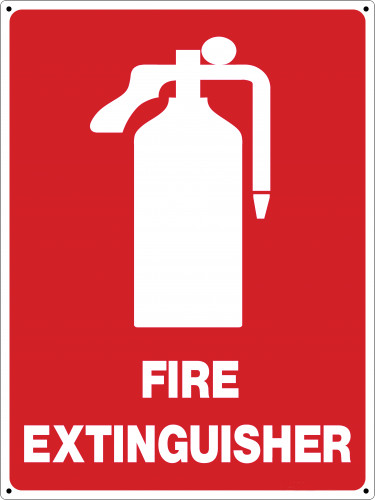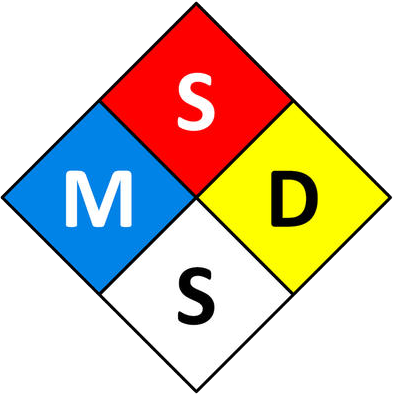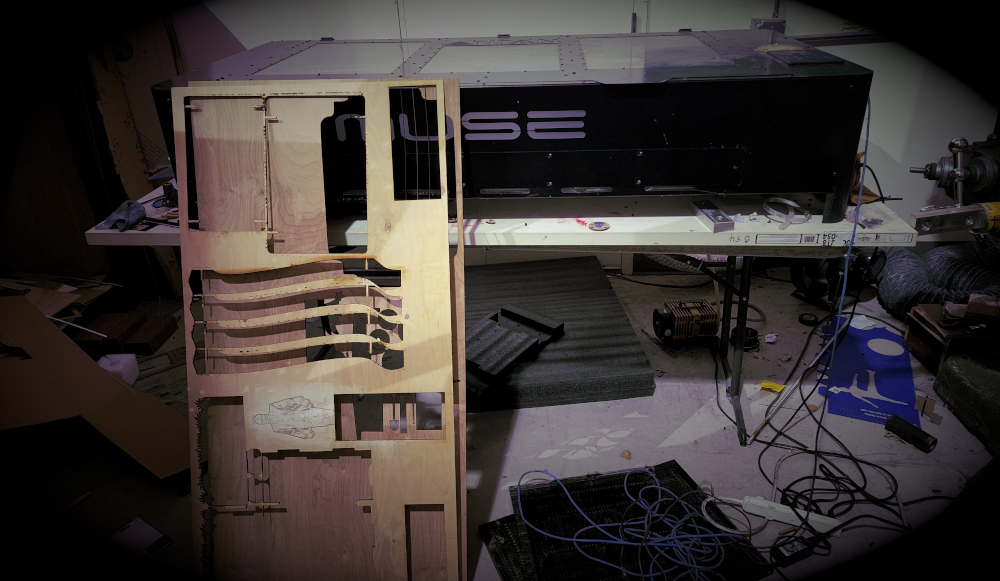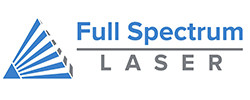Laser cutters and engravers have recently seen a surge in usage and popularity, which means a lot of people who have never used a laser cutter before are now discovering the benefits, such as ease of use, accuracy and speed. It also means a lot of new users are unaware of some of the unique safety issues a laser cutting machine presents. Whether you are using a big industrial machine like the P-Series 48x36 or a desktop laser, such as the Muse, it's important to review our five safety tips for laser cutters below.
1. Never Leave Your Laser Unattended When Firing

The most common mistake of new operators is a lack of supervision of the machine while projects are cut. While it is true, laser cutters are typically fast, larger projects can take hours to complete. The tendency of new operators is to sometimes leave the machine while the job runs. This should be an obvious fire safety risk. Even though the better machines are made with metal cases (plastic should be avoided), the sustained heat of a laser hitting the case bottom can damage the exterior case, fry electronic components and even start a fire.
This usually happens when power settings are set too high and the laser cuts through the material and then concentrates on the case bottom. The easiest way to ensure fire or melting never happens is to always attend jobs while the laser is on. If an operator needs to take a break from monitoring a job, always have another operator to take their place. Of course, it goes without saying that all workshops must always have properly inspected fire extinguishers within easy access.
2. Never Cut Material with Unknown Properties
The second safety tip for laser cutters focuses on materials. Most people want a laser cutter machine for wood, while others know some machines, like the MC-Series 1kW Fiber laser cutter, can also cut metal. What many people discover when they purchase a laser machine is that they can cut or mark a huge variety of materials including: fabric, paper, cardboard, tile, stone, glass, acrylic and more. The cutting of each of these materials with a laser releases fumes that are mostly swept away by the machine’s exhaust fan, which blows the fumes into a fume extractor or through an outside ventilation system.

While this system is adequate for mostly benign fumes (wood, fabric, etc), they are not made to remove deadly fumes from the operator, such as from PVC plastic. PVC and other plastics can be lethal if their heat-produced fumes are inhaled, even in small doses, and should never be cut with a laser. The occupational safety and health administration (OSHA) requires manufacturers of materials to communicate possible hazards using labeling and safety data sheets. Whenever you purchase a material for laser cutting, request a Material Safety Data Sheet (aka MSDS) from the supplier for any toxic safety warnings. And if you aren’t sure about a material, don’t cut it with a laser.
3. Always Keep A Clean Workshop
Laser cutting safety and cleanliness go together in minimizing injury risks. Most people are not aware that small particles of cut materials (such as sawdust) in the air can ignite and cause explosions. While laser cutters do not release dust particles (the material cut is completely disintegrated), allowing leftover scrap to remain in the catch-bin can also become a fire hazard.
Keeping a clean and clutter-free workshop reduces risks of accidents or other serious laser cutting safety issues.

4. Be Informed
 In all cases, it is the responsibility of the operator to understand how to safely use a laser cutter and engraver before turning it on. User manuals should be read before using any machinery, with particular care taken to understand all safety issues and concerns.
In all cases, it is the responsibility of the operator to understand how to safely use a laser cutter and engraver before turning it on. User manuals should be read before using any machinery, with particular care taken to understand all safety issues and concerns.
By knowing your machine and reading your manual you will know if, for example, eye protection is required for safe operation for your particular laser cutter. That said, workshops should clearly post safety signs to remind people to always be aware of safety issues as well as properly label locations of safety equipment such as fire extinguishers and eye washing stations.
5. Be Alert
Accidents happen when people become complacent in their routines. It is important to always think about safety when working near lasers--or any other machinery for that matter. Be aware of your environment and your day to day work habits. Employ best practices everyday by focusing on safety before starting a job, and don't become complacent while using your laser cutter machine.
If there is ever any doubt on the safety of a particular material or operation of your machine, contact technical support of your supplier and check before using. And always have an emergency plan and be alert for any unexpected safety hazards that may happen.
These five safety tips for laser cutters are provided as a first step to operating a powerful laser cutter safely. It's critical to understand the quality of the laser components in your machine and the environment it will operate in. At Full Spectrum Laser, our laser cutters are built with only high quality optics, electronics and other components including metal casings, not plastic like other laser cutters out there. Feel free to contact our team at Full Spectrum Laser for any questions or assistance. We want to make sure you stay safe while using your laser cutter, and we are here to help.

